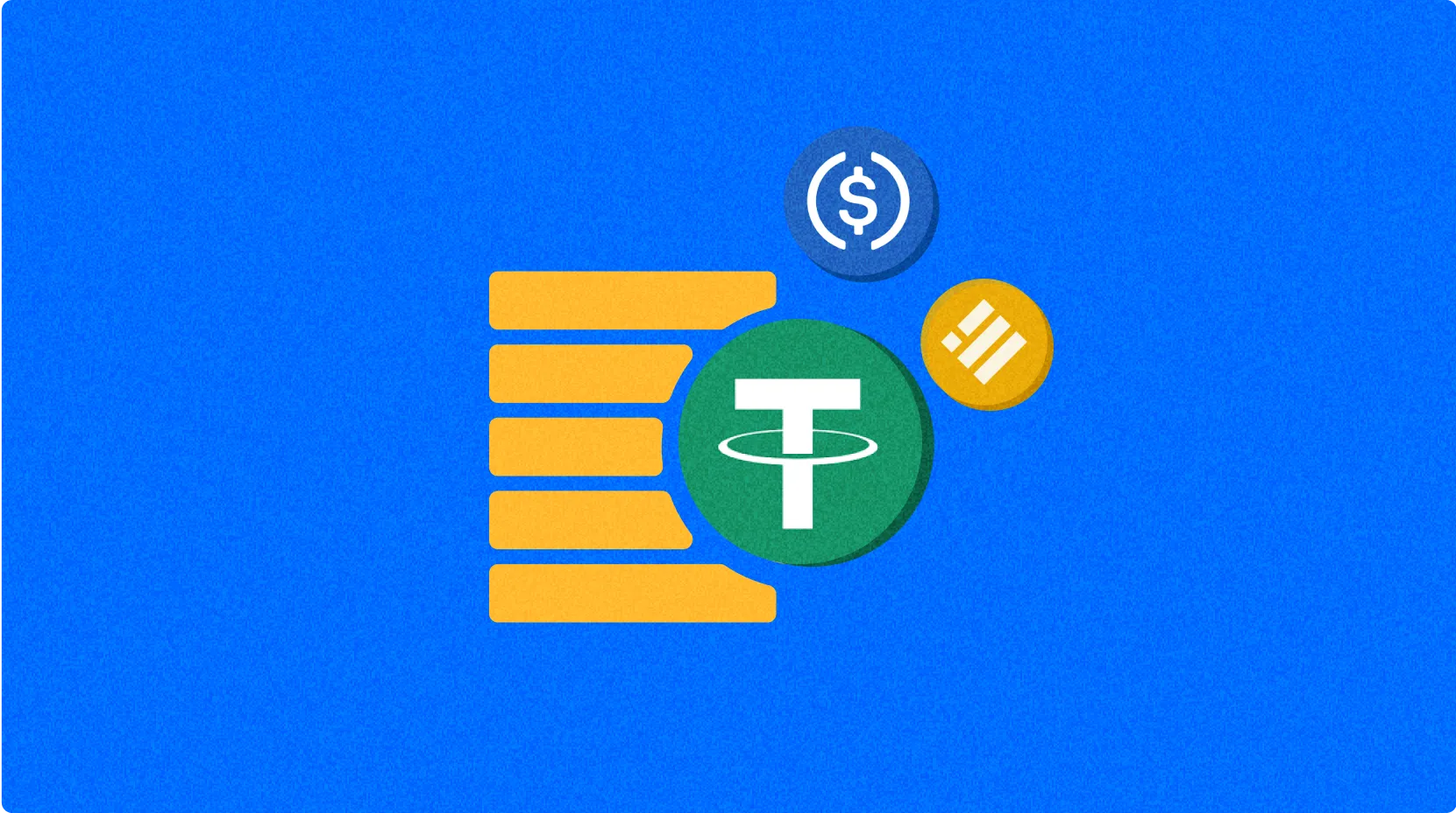Lit Protocol (LITKEY): Çapraz Zincir Otomasyonu ve Gizlilik Altyapısı için Temel

Lit Protokolü: Zincirler Arası Otomasyonu Devrimsel Hale Getiriyor
Lit Protocol, anahtarların ve gizli bilgilerin yönetimi için özel olarak tasarlanmış merkeziyetsiz bir ağ olarak blok zinciri ekosisteminde çığır açan bir ilerlemeyi temsil etmektedir ve çoklu blok zincirleri arasında güvenli, programlanabilir imzalama ve şifreleme sağlamaktadır. Bu çapraz zincir otomasyon altyapısı, geliştiricilere ve kullanıcılara kesintisiz bir deneyim sunmak için eşik şifreleme ve çok partili hesaplama (MPC) gibi sofistike teknolojilerden yararlanmaktadır. Protokolün zincir bağımsız mimarisi, uygulamaların farklı blok zinciri ağları arasında güvenlik veya performanstan ödün vermeden verimli bir şekilde çalışabilmesini sağlar ve bu da onu modern Web3 geliştirme çerçevelerinin temel bir bileşeni haline getirir.
Lit Protokolünü destekleyen teknoloji, geleneksel blockchain konsensüs mekanizmalarından önemli ölçüde farklıdır. Bitcoin'in enerji yoğun madencilik operasyonlarının aksine, Lit Protokolü, çok taraflı hesaplama eşik imza şemaları (MPC TSS) ve güvenilir yürütme ortamları (TEE'ler) aracılığıyla daha az enerji gerektiren verimli konsensüs mekanizmaları kullanır. Bu teknolojik yaklaşım, hem geleneksel bankacılık sistemlerinden hem de diğer kripto para birimlerinden çok daha küçük bir karbon ayak izi ile sonuçlanır. Ağın güvenlik kaydı kendini kanıtlıyor - eleştirmenler potansiyel zayıflıkları iddia etse de, Lit Protokolü kuruluşundan bu yana ana protokol altyapısında başarılı saldırılara karşı sağlam güvenlik sağlamayı sürdürmüştür. Bu kanıtlanmış geçmiş, sistemin gerçek dünya uygulamalarındaki dayanıklılığı ve güvenilirliği için ikna edici bir kanıt niteliğindedir.
Web3 Birlikteliği için Gizlilik Odaklı Altyapı
İlk merkeziyetsiz ve programlanabilir anahtar yönetim altyapısı olarak, Lit Protokolü geliştiricilerin kriptografik anahtarları ve karmaşık kriptografi uygulamalarını yönetme yükünü ortadan kaldırır. Bu gizlilik odaklı blockchain çözümü, anahtar materyalinin ve hesaplama süreçlerinin özel kalmasını ve kullanıcıların kontrolünde olmasını sağlar; bu da geniş çapta blockchain benimsenmesinin önündeki en önemli engellerden birini ele alır. Protokolün kullanıcı egemenliğine verdiği önem, özel verilerin açık web'de var olabileceği ve kullanıcı kontrolünde doğrulanabilir bir şekilde kalabileceği anlamına gelir - dijital çağda veri sahipliğini kavrayışımızda bir paradigma kayması.
Lit Protokol'ün mimarisi, protokol tarafından belirlenen kurallara göre çalışan programlanabilir anahtarlar kullanarak, web3 birlikte çalışabilirlik protokollerinde benzeri görülmemiş seviyeler sağlar. Bu teknik temel, gizliliğin ve birlikte çalışabilirliğin uyum içinde var olduğu, birbirini dışlayan kavramlar olmaktan ziyade, uygulamaların oluşturulmasına olanak tanır. Dağıtık anahtar yönetimini çok taraflı hesaplama ve TEE'ler (Güvenilir Çalışma Ortamları) ile birleştirerek, Lit, birden fazla blok zinciri ortamında şeffaf, doğrulanabilir bütünlükle çalışan AI ajanları için gerekli kriptografik temeli oluşturmuştur. Protokolün yaklaşan gelişmeleri arasında, AI ajanlarının giderek daha karmaşık görevleri yerine getirmesini sağlayacak LLM araçları ve gizliliği ve güvenliği daha geniş bir sır yönetimi kullanım durumları yelpazesinde artıracak Tam Homomorfik Şifreleme (FHE) anahtarları bulunmaktadır.
Geliştiricileri Merkeziyetsiz Erişim Kontrolü ile Güçlendirmek
Lit Protokol, derin kriptografik prensipler konusunda derin bir uzmanlık gerektirmeden geliştiricilerin sofistike merkeziyetsiz erişim kontrol sistemleri inşa etmelerini sağlayan tam olarak programlanabilir imza ve şifreleme yetenekleri sunan bir temel katman ağı olarak hizmet vermektedir. Lit üzerinde inşa edilen uygulamaların çeşitliliği, veri pazarları ve zincir-ötesi likidite protokollerinden akıllı cüzdanlara kadar olan çok yönlülüğünü göstermektedir.Bitcoinve hem bireyler hem de kuruluşlar için özel veri sistemleri. Protokol esasen gelişmiş kriptografik araçlara erişimi demokratikleştirir, böylece daha geniş bir geliştirici yelpazesinin güvenli, gizliliği koruyan uygulamalar oluşturmasına olanak tanır.
Node operatörleri, Lit Protokolü'nün ağ altyapısının belkemiğini oluşturur ve sistemin dağıtık yapısının bütünlüğünü korur. Protokolün Mainnet Beta'sı (Datil), Ekim 2024'te başlatıldı ve şu anda Lit'i kullanarak blockchain ekosisteminde imza, şifreleme ve hesaplama işlemlerini güvence altına alan yüzlerce ekip tarafından desteklenmektedir. Bu sağlam node operatörleri ağı, sistemin dayanıklılığına ve merkeziyetsizliğine katkıda bulunur; bu da geniş çapta benimsenmeyi hedefleyen herhangi bir blockchain gizlilik altyapısı için anahtar özelliklerdir. LITKEY token'ı için planlanan yönetim mekanizması, token sahiplerinin ağ yönetimi kararlarına katılmasına izin vererek bu merkeziyetsiz yapıyı daha da güçlendirecek ve ekosistemdeki çeşitli paydaşlar arasında bir uyum yaratacaktır.
Blockchain Gizliliğinin Geleceği: Lit'in Çapraz Zincir Akıllı Sözleşmeleri
LITKEY token, Lit Protocol için bir sonraki evrimsel adımı temsil eder ve token modelinin kalıcı olarak doğrulanmış ağ gelirine protokol ödüllerini bağlayan bir emisyon ve oylama çerçevesi olan ve LITKEY modeline evrilmesi planlanmaktadır. Bu ekonomik tasarım, katılımı teşvik ederken ağın uzun vadeli sürdürülebilirliğini de sağlar. Yayınlanan bilgilere göre, LITKEY staker'ları tüm tokenların %25'ine kontrol sahibi olacak ve emisyonları ekosistem büyümesine ve yeni Lit Realm'lerin genişlemesine yönlendirebileceklerdir. Bu süreçte ağ ücretleri kazanarak katılım ve gelişim için erdemli bir döngü yaratılmış olacaktır.
Çapraz zincir akıllı sözleşme otomasyonu, Lit Protokolü için en umut verici uygulama kategorilerinden birini temsil ediyor. Akıllı sözleşmelerin birden fazla blok zinciri üzerinde sorunsuz bir şekilde çalışmasını sağlayarak, Lit, herhangi bir tek blok zinciri ortamının kısıtlamalarıyla sınırlı olmayan merkeziyetsiz uygulamalar için yeni olanaklar açıyor. Bu birlikte çalışabilirlik, Lit'in programlanabilir şifreleme teknolojisi aracılığıyla sağlanmakta; bu teknoloji, basit depolama mekanizmalarını, AI ajanlarının zincirler arasında özerk bir şekilde çalışabileceği canlı ekosistemlere dönüştürüyor. Bu teknolojinin pratik yansımaları oldukça geniş - otomatik çapraz zincir ticaret stratejilerinden, farklı blok zinciri ortamları arasında tutarlılığı koruyan karmaşık çok zincirli yönetim sistemlerine kadar. Lit Protokolü'nün blok zinciri gizlilik altyapısına yaklaşımı, hızlı bir şekilde gelişen blok zinciri manzarasında gizliliği nasıl kavramsallaştırdığımızı ve uyguladığımızı temel bir şekilde değiştirmektedir.

Bedrock Derinlemesine İnceleme: Beyaz Kitap, Teknik Yenilikler ve Gelecek Yol Haritasının Kapsamlı Analizi

ZKJ nedir: Blockchain uygulamalarında ortaya çıkan Sıfır Bilgiyle Adalet Protokolü’nü anlamak

ZKJ nedir: Sıfır Bilgi Kanıtlarının temel teknolojisini anlamak

Modern Bilişimde Anahtar İşletim Sistemi KOS’u Anlamak

XZK nedir: Dijital finans dünyasını kökten değiştiren devrimsel Blockchain teknolojisi

Layer 2 Ağı ile Gate Layer hakkında tüm detayları keşfedin

Blockchain Hard Fork'larını İncelemek: Bilmeniz Gerekenler







